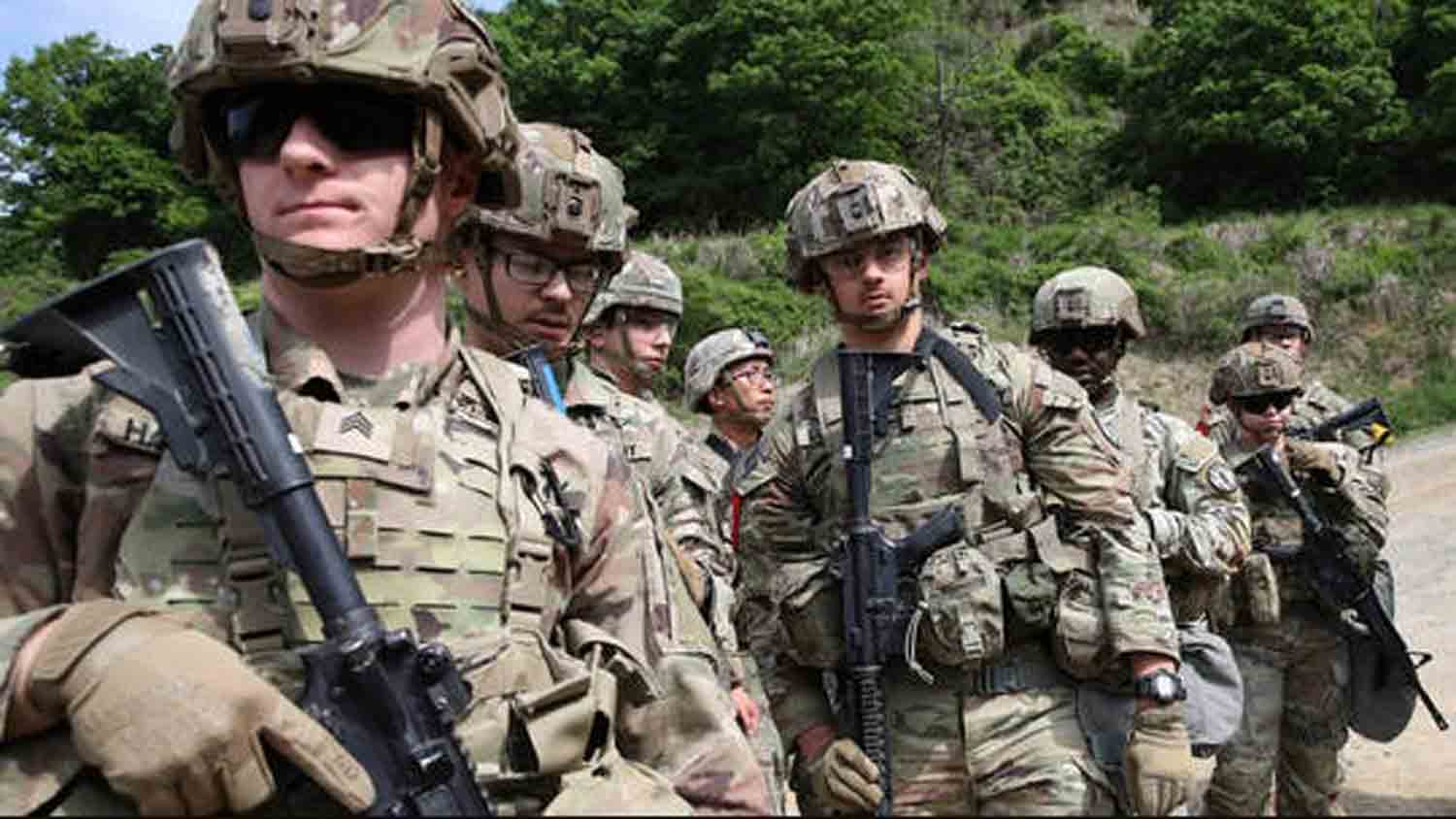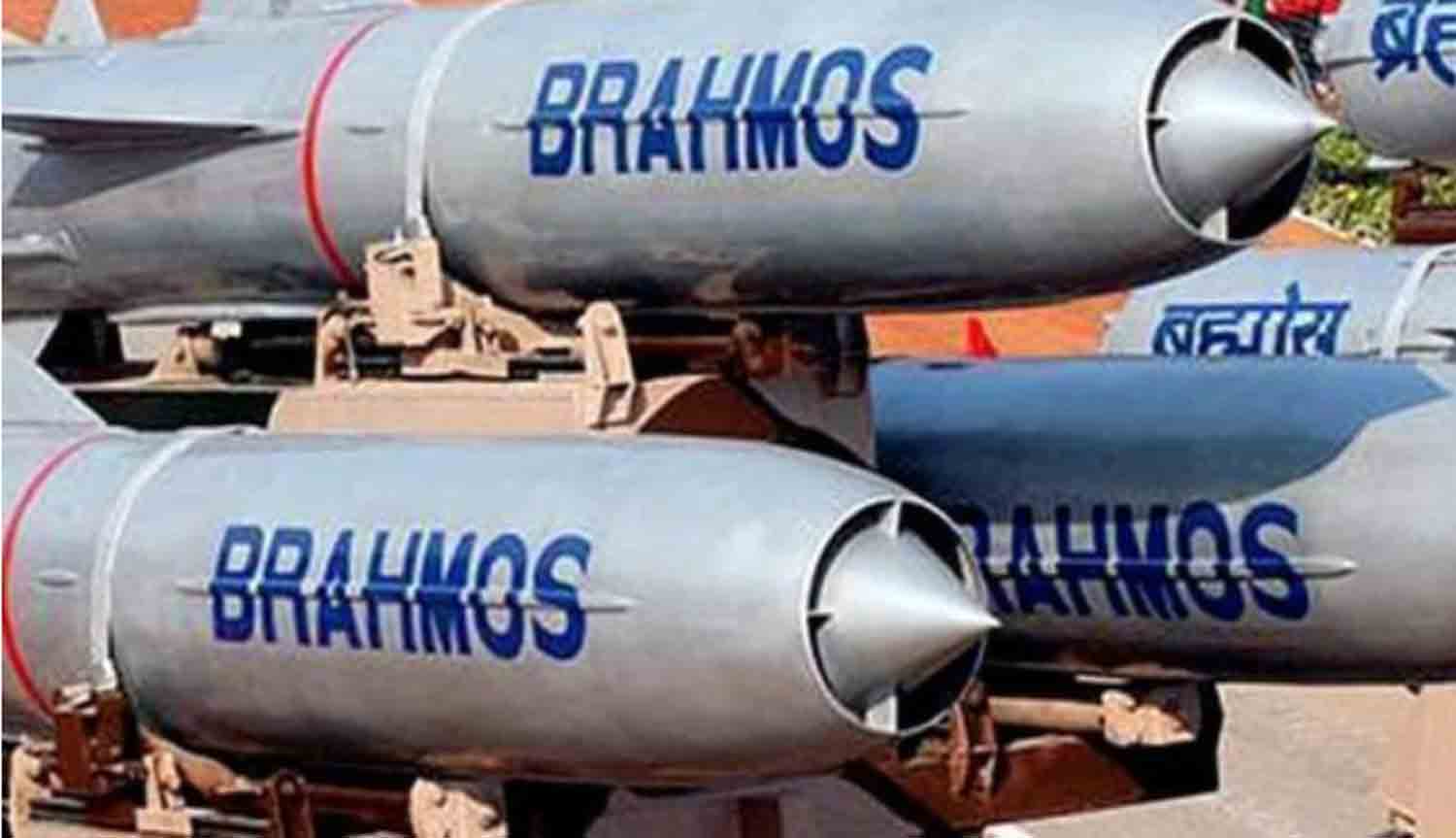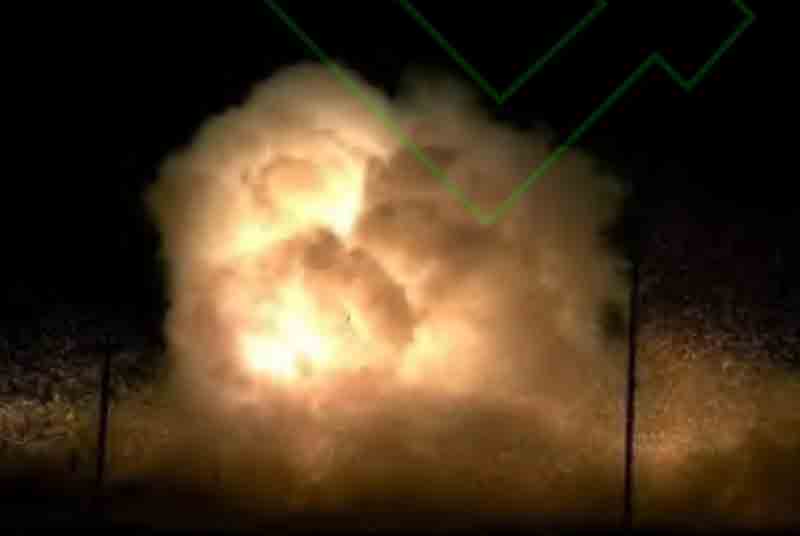The US Army is experiencing a significant transformation as it gears up for future combat scenarios, with a well-defined vision for its divisions by 2030. This vision, outlined in a series of strategic graphics released by the Army, presents a force that is interconnected, technologically sophisticated, and prepared to excel in multi-domain operations by 2040.
These graphics, unveiled as part of a larger conversation on military modernization, illustrate the Army’s strategy to incorporate state-of-the-art technologies and innovative tactics to secure a competitive advantage over its adversaries. The emphasis is on developing a division that can effortlessly link its units, utilize advanced systems, and operate with unmatched speed and effectiveness.
This transformation is propelled by the swift evolution of digital warfare, where dominance in information, autonomous systems, and resilient networks are becoming as vital as conventional firepower.
At the core of the Army’s 2030 vision is the concept of a network-centric division. This framework prioritizes a highly integrated force where every component, from individual soldiers to division headquarters, functions as part of a cohesive system.
The division is structured into several essential functional groups: command and control, protection, fires, aviation, and sustainment. Command and control, commonly known as C2, forms the foundation of this organization, enabling swift decision-making and effective communication across all tiers.
The illustrations depict multiple C2 nodes, indicating a distributed command strategy that enhances survivability by eliminating single points of failure. Protection units are designed to address various threats, including aerial assaults and electronic warfare, while fire units are tasked with delivering long-range precision strikes to neutralize enemy targets.
Aviation assets, including helicopters and drones, play a vital role in providing support for reconnaissance, mobility, and close air support. Sustainment units are essential for enabling the division to function autonomously for extended durations through effective logistics networks.
A significant aspect of this network-centric strategy is the incorporation of cutting-edge communication technologies. The visuals demonstrate the application of satellite communications (SATCOM) to ensure global connectivity, allowing units to stay connected even in contested areas.
Furthermore, the Army intends to utilize a hybrid cloud combined with a tactical data fabric, a system engineered to process and share information in real-time across the battlefield. This capability facilitates quicker decision-making and improved coordination among units, as data from sensors can be swiftly analyzed and distributed to the relevant forces.
The emphasis on multi-orbit satellite constellations is also noteworthy, as they provide path diversity to sustain communications even if certain satellites experience disruptions. Another significant feature is the improved sensor-to-shooter linkage, which allows the division to swiftly identify and engage targets with accuracy, minimizing the time from identification to action.
The battlefield technologies envisioned for the division in 2030 aim to enhance both maneuverability and lethality, ensuring the force can adapt to evolving threats while maintaining a decisive advantage. One of the highlighted systems in the visuals is the Forward Based Laser Platform Directed Energy Weapon (FBLP DEW).
This system marks a substantial advancement in military technology, utilizing directed energy to accurately and swiftly engage targets. In contrast to conventional munitions, directed energy weapons employ concentrated energy, such as lasers, to neutralize or incapacitate threats.
The Forward Based Laser Platform (FBLP) Directed Energy Weapon (DEW) is likely designed to counter aerial threats, including drones and missiles, providing a cost-effective and environmentally friendly alternative to traditional air defense systems. The Army has been investigating directed energy technologies for several years, with the U.S. Army Space and Missile Defense Command spearheading initiatives to incorporate these systems into active units.
According to a report from 2023, the command highlighted that directed energy weapons could offer a “near-infinite magazine” for addressing threats, constrained only by the power supply rather than the availability of ammunition.
Another vital component is the Active Protection System (APS), which is part of the Forward Based Laser Platform. The APS is engineered to shield vehicles from incoming threats, such as anti-tank missiles or rocket-propelled grenades, by detecting and intercepting them prior to impact.
This system employs sensors to monitor incoming projectiles and activates countermeasures, including small explosives or electronic jamming, to mitigate the threat. The Army has been evaluating APS technologies for over a decade, with systems like the Trophy APS already operational on M1 Abrams tanks.
In a 2018 evaluation conducted by the Army, the Trophy system successfully intercepted all 15 incoming threats during live-fire exercises, underscoring its effectiveness in combat situations.
The combination of Active Protection Systems (APS) with a laser platform indicates a comprehensive defense strategy that merges conventional countermeasures with advanced directed energy technology, thereby improving the survivability of vehicles.
The visuals also highlight the implementation of robotic systems, particularly focusing on the charging of robots through microgrids. These microgrids are compact, localized power networks capable of functioning independently from the main grid, ensuring a dependable energy supply for autonomous systems deployed in the field.
The Army has been prioritizing investments in robotic technologies to mitigate risks to human soldiers. Systems like the Squad Multipurpose Equipment Transport (SMET) are already operational, assisting infantry units by transporting supplies and equipment.
The vision for 2030 includes robot charging, reflecting an increasing dependence on unmanned systems for various roles such as reconnaissance, logistics, and direct combat, which enables the division to exert power while reducing casualties.
Aviation is integral to the division’s operations, with assets like the Joint Air Defense Command (JADC) orchestrating air defense and support missions. The visuals illustrate helicopters and drones collaborating with ground forces, delivering real-time intelligence and fire support.
The CH-47 Chinook, a heavy-lift helicopter, is renowned for its slingload capabilities, enabling it to transport substantial equipment and supplies to isolated areas. Since the 1960s, the CH-47 has been a vital component of Army aviation, with its latest model, the CH-47F Block II, providing enhanced performance and increased payload capacity.
As noted in a 2022 Army fact sheet, the CH-47F can carry cargo weighing up to 24,000 pounds and achieve a maximum speed of 170 knots, making it exceptionally suited for supporting prolonged operations in challenging environments.
The incorporation of human-machine interaction (H-MI) is a fundamental aspect of the 2030 division, reshaping the soldier’s role on future battlefields. The visuals highlight various H-MI enablers, such as standardized modular computing systems that facilitate seamless data processing and sharing among soldiers.
These systems are engineered for interoperability across multiple platforms, ensuring that soldiers can access essential information regardless of their equipment. Additionally, non-line-of-sight munitions (NLOS) are emphasized, allowing soldiers to engage targets obscured by terrain or structures.
The Army has been advancing NLOS capabilities for several years, exemplified by systems like the Precision Strike Missile (PrSM), which is designed to target locations up to 300 miles away. A 2023 test of the PrSM confirmed its capability to accurately strike a target at 180 miles, highlighting its potential to revolutionize long-range combat operations.
Electronic warfare capabilities are a significant priority, particularly with the development of man-portable electronic warfare systems (EW MMP) that enable infantry units to interfere with enemy communications and sensor operations. These systems are designed to be lightweight and easily transportable, allowing soldiers to take them into the field and deploy them as necessary.
In light of increasing threats from adversaries such as Russia and China, who have made substantial investments in electronic warfare technologies, the Army has been enhancing its electronic warfare capabilities.
For instance, Russia’s Krasukha-4 system, which has been widely utilized in conflicts like the war in Ukraine, is capable of jamming radar and communication systems from distances of up to 190 miles, presenting a formidable challenge to U.S. forces. The Army’s focus on EW MMP systems is intended to equip soldiers with the means to disrupt enemy operations at the tactical level in response to such threats.
Logistical support is another vital component of the H-MI framework, with tethered unmanned aerial systems (UAS) offering continuous surveillance and reconnaissance capabilities. These systems are linked to a ground station via a tether, which supplies both power and data connectivity, enabling them to remain airborne for prolonged durations.
The Army has been evaluating tethered UAS for several years, with models like the Hoverfly Tethered UAS already deployed for perimeter security and intelligence collection. A 2021 Army assessment revealed that tethered UAS could function continuously for up to 72 hours, providing a considerable advantage over conventional drones that have limited battery life.
The tactical scenarios illustrated provide insight into the operational strategies of the 2030 division in combat situations. The visuals depict a division making progress against enemy forces by leveraging a mix of ground, aerial, and robotic resources to fulfill its mission.
Key challenges such as enemy electronic warfare and cyber threats are emphasized, with the division implementing sophisticated countermeasures to sustain its operational pace. The Mobile and Survivable Command Post (MASCP) is pivotal in these scenarios, serving as a robust command center that can swiftly relocate to evade detection.
To ensure uninterrupted communication, the division utilizes redundant network pathways, which allow for continued situational awareness and coordination even if some communication channels are compromised.
Historically, the U.S. Army has evolved in response to technological and strategic changes to preserve its battlefield superiority. During the Cold War, the Army formulated the AirLand Battle doctrine to address the Soviet Union’s numerical advantage, focusing on rapid maneuvers and deep strikes to disrupt enemy operations.
The 1991 Gulf War showcased the success of this strategy, as coalition forces employed advanced technology and coordination to secure a decisive victory over Iraqi troops. The 2030 division builds upon this historical foundation, integrating lessons learned from recent engagements in Iraq and Afghanistan, where the Army confronted asymmetric threats such as improvised explosive devices and insurgent tactics.
The emphasis on network-centric warfare and autonomous systems indicates the Army’s understanding that future conflicts are expected to encompass both conventional and unconventional threats, necessitating a force that is both flexible and adaptable.
In summary, the U.S. Army’s strategy for its 2030 division marks a significant advancement in military modernization. It integrates network-centric operations, cutting-edge technologies, and human-machine collaboration to forge a force capable of achieving battlefield supremacy by 2040.
The focus on connectivity, survivability, and lethality guarantees that the division can function effectively in contested areas, addressing threats that range from enemy electronic warfare to cyber assaults. Innovations such as the FBLP DEW, APS, and NLOS munitions illustrate the future of warfare, where precision and adaptability will be crucial for success.
As the Army progresses in developing these capabilities, it is poised to set a benchmark for military forces globally, potentially prompting adversaries to hasten their own modernization initiatives. Nonetheless, challenges persist regarding the Army’s capacity to deploy these technologies on a large scale, considering the complexities involved in integrating such advanced systems throughout a vast force.
Will the Army manage to strike a balance between innovation and cost-effectiveness, or will the financial implications of this transformation hinder its ability to sustain a decisive advantage? Only time will reveal the answer, but the vision presented in these plans provides a compelling guide for the future of American military strength.
Discover more from Defence Talks | Defense News Hub, Military Updates, Security Insights
Subscribe to get the latest posts sent to your email.





